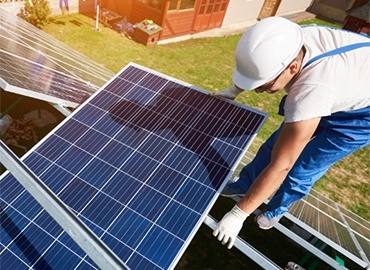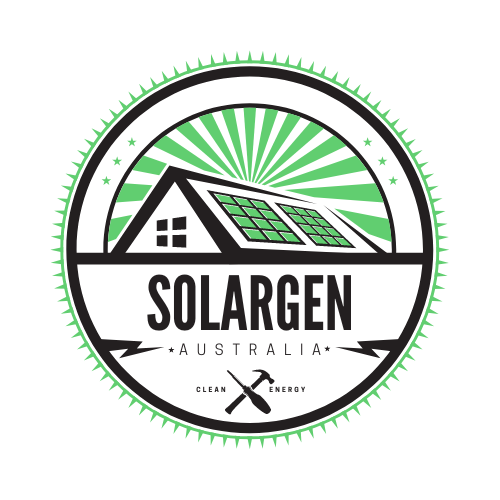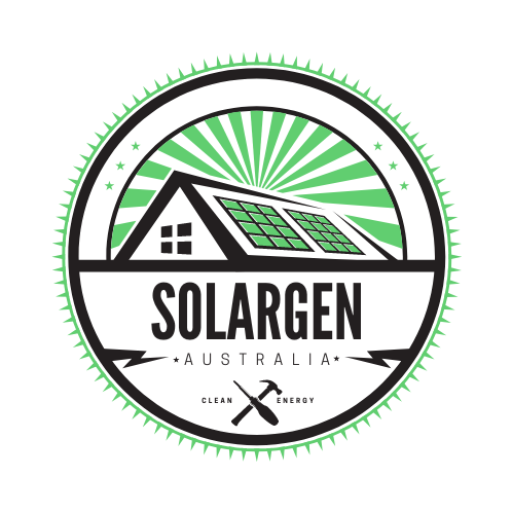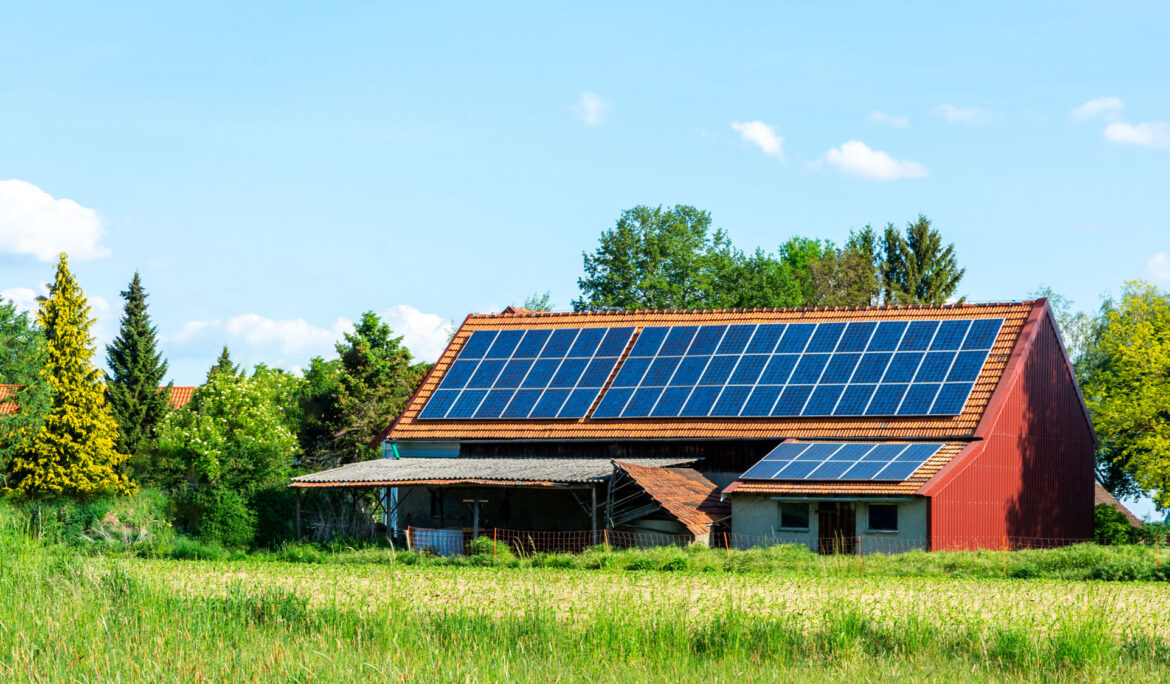With the climate crisis looming and electricity bills rising, more homeowners are turning to renewable energy sources. Solar energy, being the most accessible and abundant, is at the forefront of this change. The purpose of this blog is to provide essential tips for those who are considering residential solar installation, shedding light on how to use this for a sustainable home.
1. Savings on energy costs with Solar electricity:
One of the primary motivations behind switching to solar energy is the significant reduction in electricity bills. Solar panels generate electricity during the day, reducing the amount of electricity required from the grid. Additionally, excess energy can be stored or sold back into the grid, thereby recouping the costs.
 Ost, I. (2023, August 10). Understanding Your Electric Bill Before and After Going Solar. Solar.com. Retrieved from https://www.solar.com/learn/your-electric-bill-after-going-solar/
Ost, I. (2023, August 10). Understanding Your Electric Bill Before and After Going Solar. Solar.com. Retrieved from https://www.solar.com/learn/your-electric-bill-after-going-solar/
2. Government Incentives on green energy:
Various federal and state incentives in Australia encourage the adoption of solar power. The Small-Scale Renewable Energy Scheme (SRES) is an incentive that provides financial assistance to homeowners, making solar installation more affordable.
3. Increase Property value with solar technology:
Increase in property value Investing in solar energy not only saves on electricity costs but also increases the value of your property. Properties with solar installation often command higher values and are more attractive to environmentally conscious buyers.
4. Lower Maintenance:
Low maintenance Solar panels require minimal maintenance after installation. Regular cleaning and periodic checks by a technician ensure longevity and optimal functioning of the system.
5. Reducing Carbon-footprints with Renewable energy:
Reducing carbon footprint By using solar energy, homeowners significantly reduce their carbon footprint. Solar energy is clean,
and renewable and contributes to reducing greenhouse gas emissions, which is an important step in combating climate change.

6. Community Solar Programs:
Community Solar Program For those who are unable to install solar panels on their property, community solar programs provide an alternative. These programs allow individuals to purchase or lease a portion of a community solar farm, enjoying the benefits of solar energy without individual installations.
7. Choose the Right Installer:
Choosing the Right Installer It is important to select a reputable and experienced installer for a successful solar conversion. A good installer will provide guidance on the right solar system for your property, making sure the installation is done correctly and safely.

Conclusion:
Conclusion Switching to solar power is a wise decision for both the environment and your wallet. By considering the tips provided, homeowners can make the solar installation process go more smoothly, and get closer to a sustainable and energy-efficient home.
Internal links:
1. Commercial Solar solutions
2. Benefits of Solar installation
External links:
1. Bring sustainability home with solar power.






